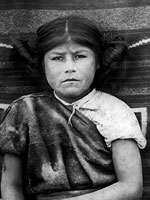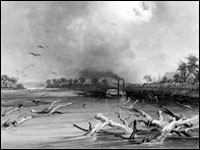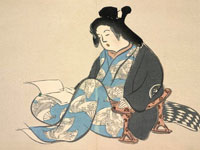Woodlawn Plantation [VA]
Woodlawn Plantation was once home to George Washington's nephew Lawrence Lewis and Lewis' wife "Nelly." The Federal main residence was completed in 1805 according to the design of William Thornton, architect of the national Capitol. During the Lewis' residence at least 90 slaves lived on site. In 1846, the property passed on to two Quaker families, the Troths and Gillinghams, who wished to prove that abolition of slavery would not destroy the Southern economy. To this end, they hired Caucasian and free African American farmers to work their land, rather than relying on slave labor. Their actions were unique and highly controversial during their day.
The plantation offers period rooms, guided tours of the residence, group tours, and private teas. Groups of 10 or more are required to call at least one day in advance for reservations and confirmation of availability. The second floor is not wheelchair accessible. Tea programs are available to groups of 12 or more in April through December.



